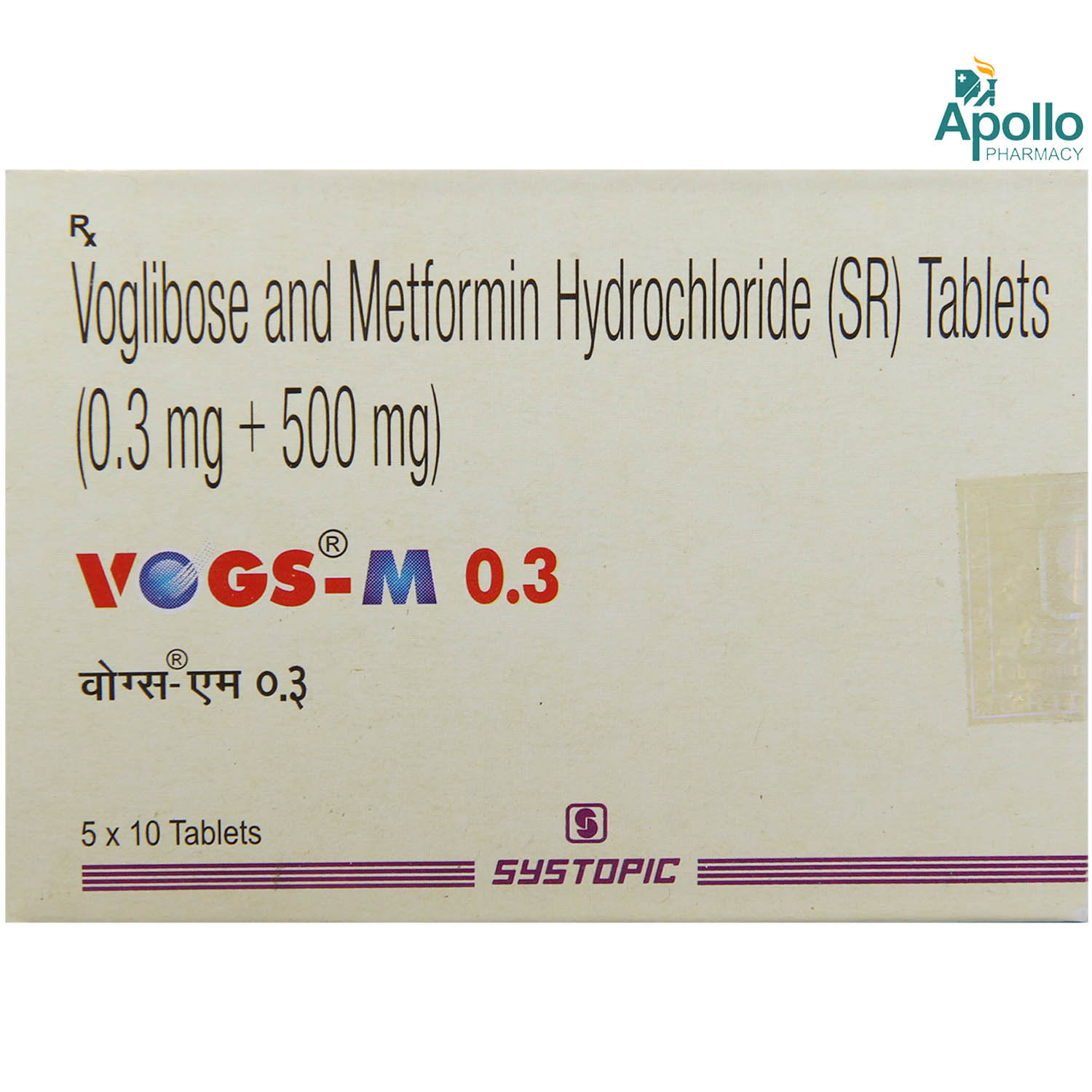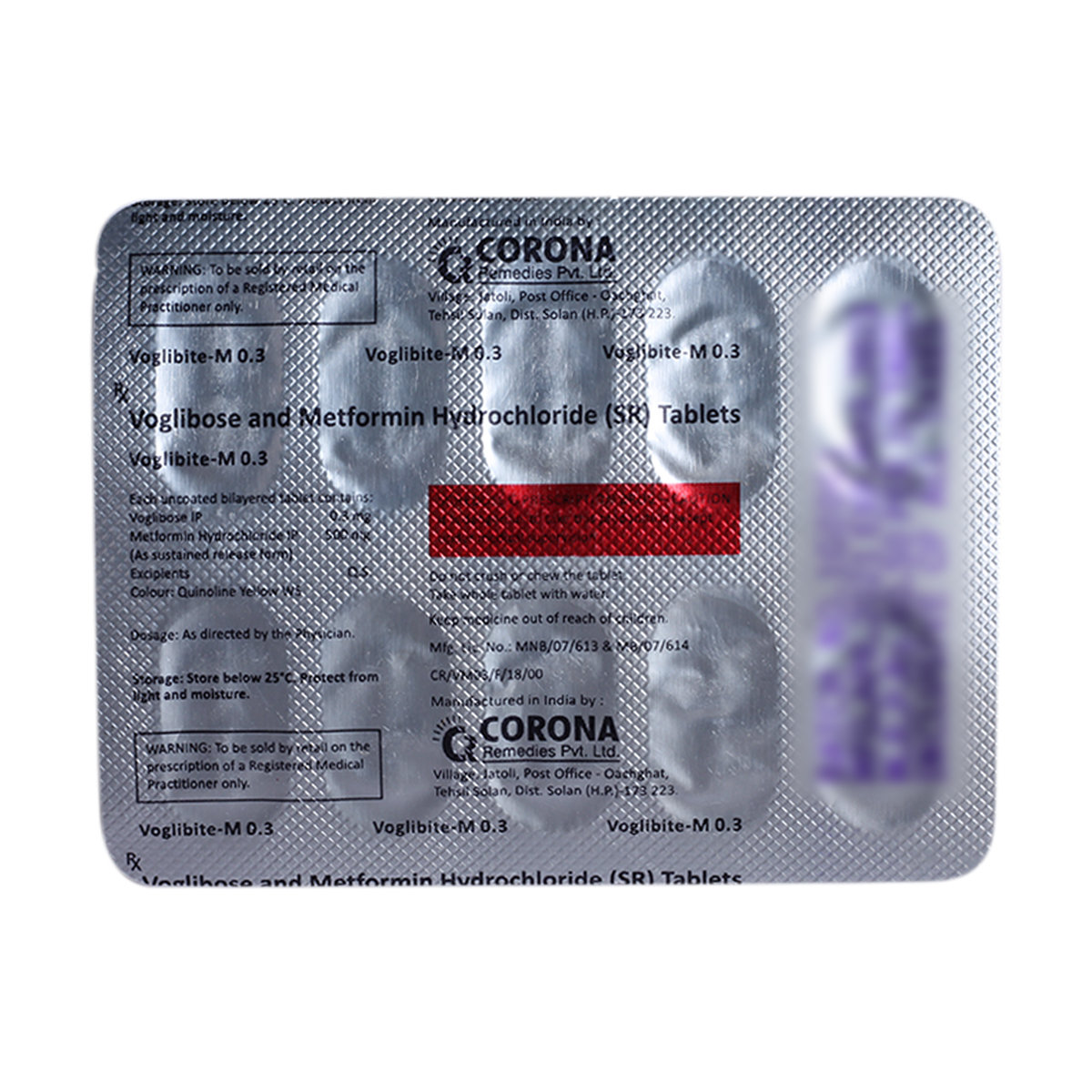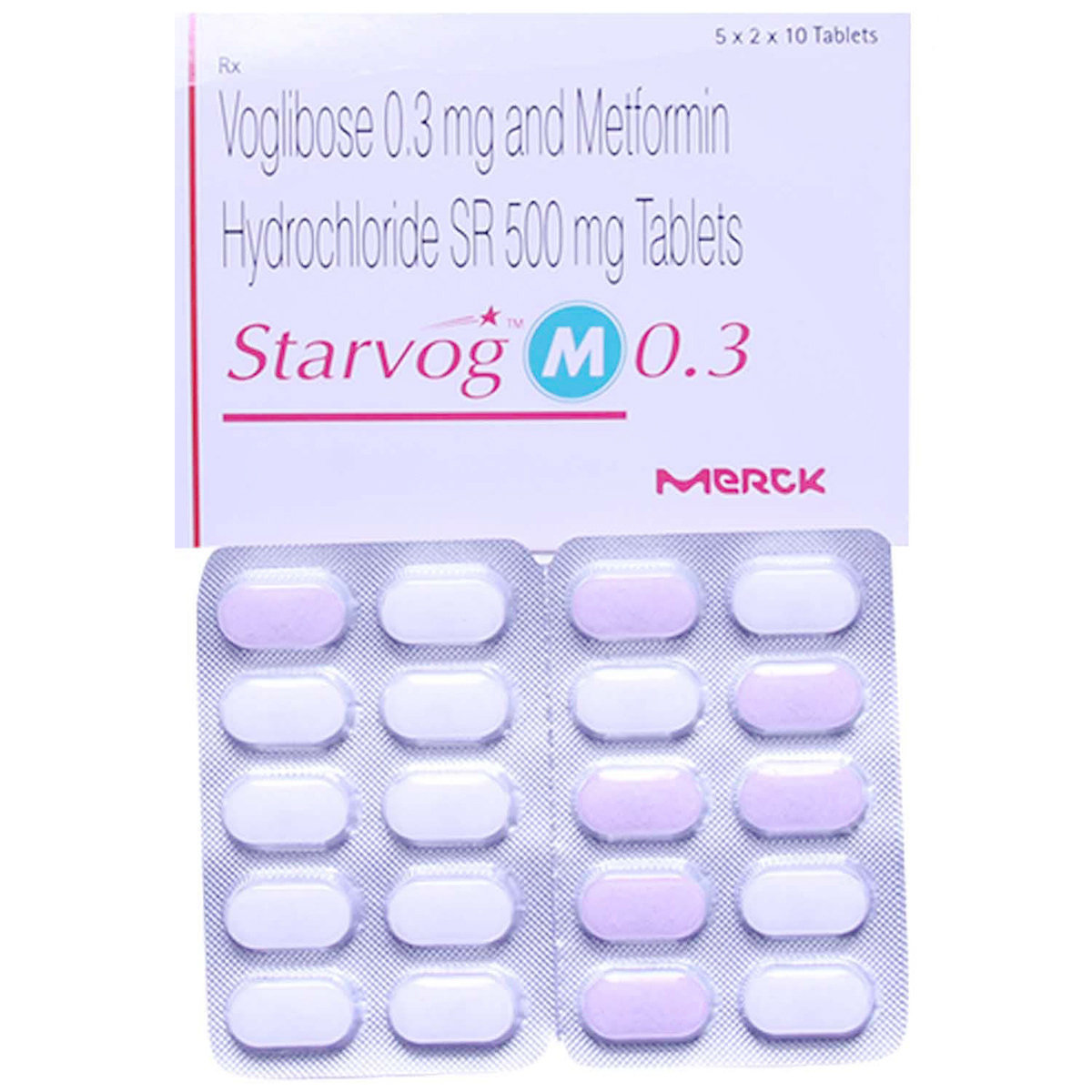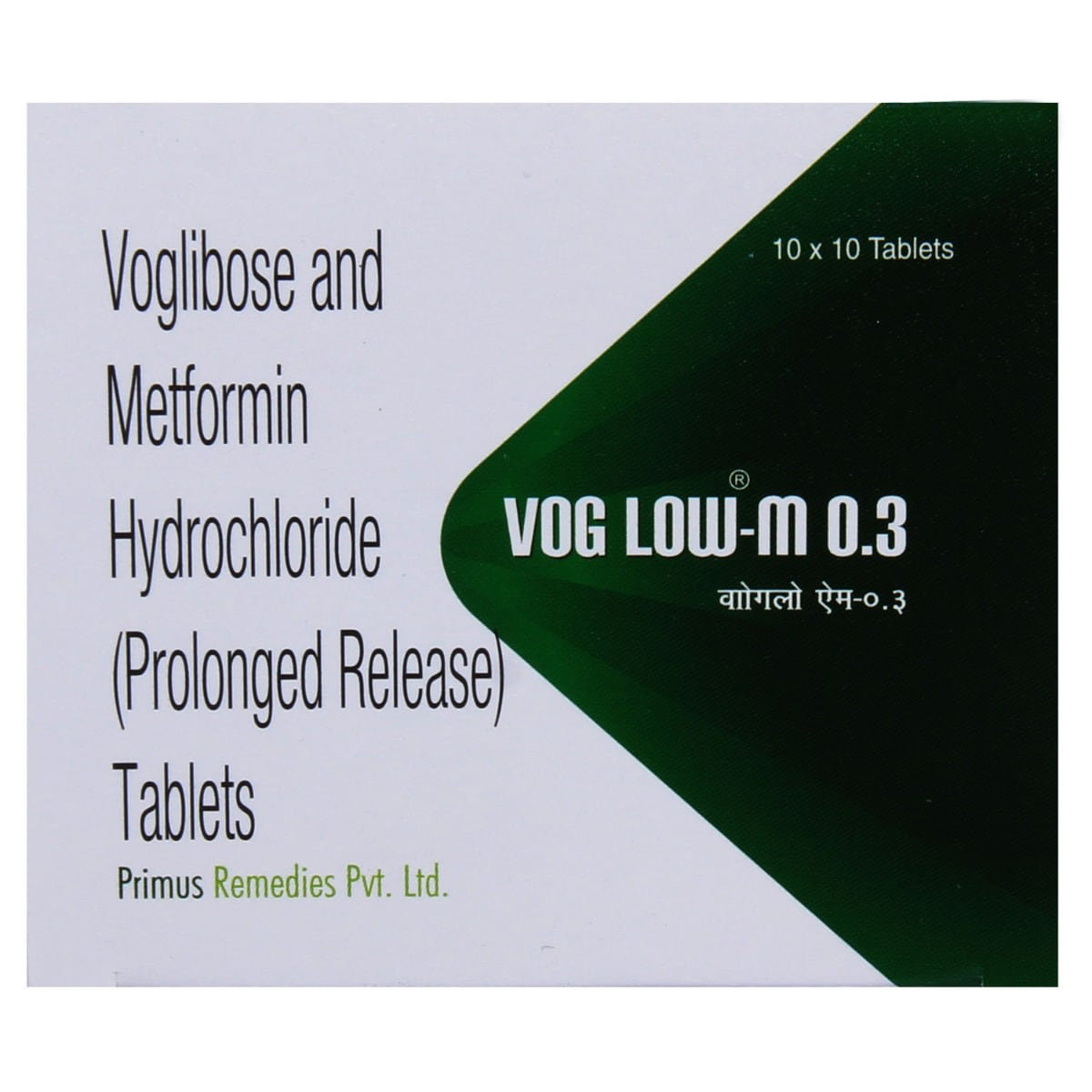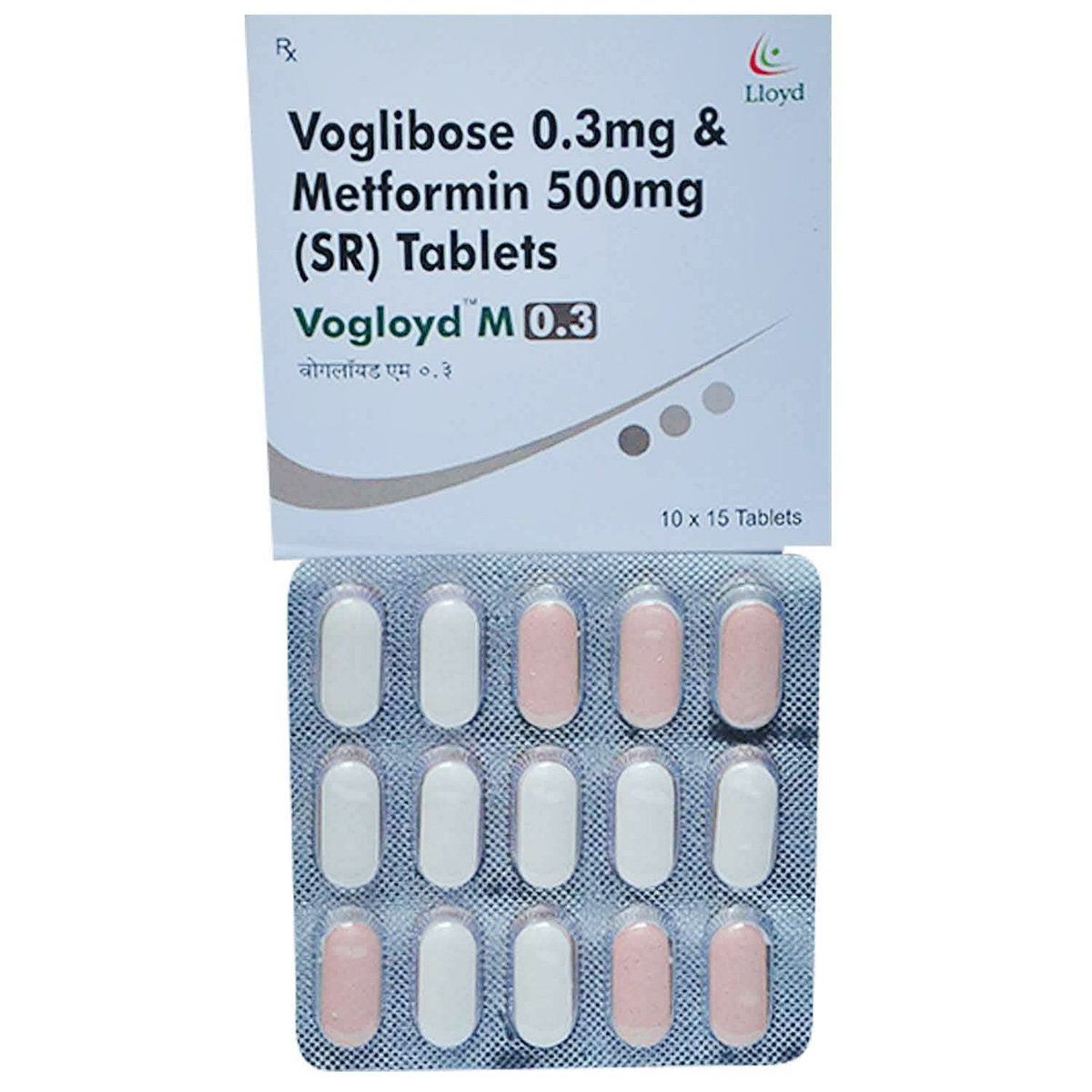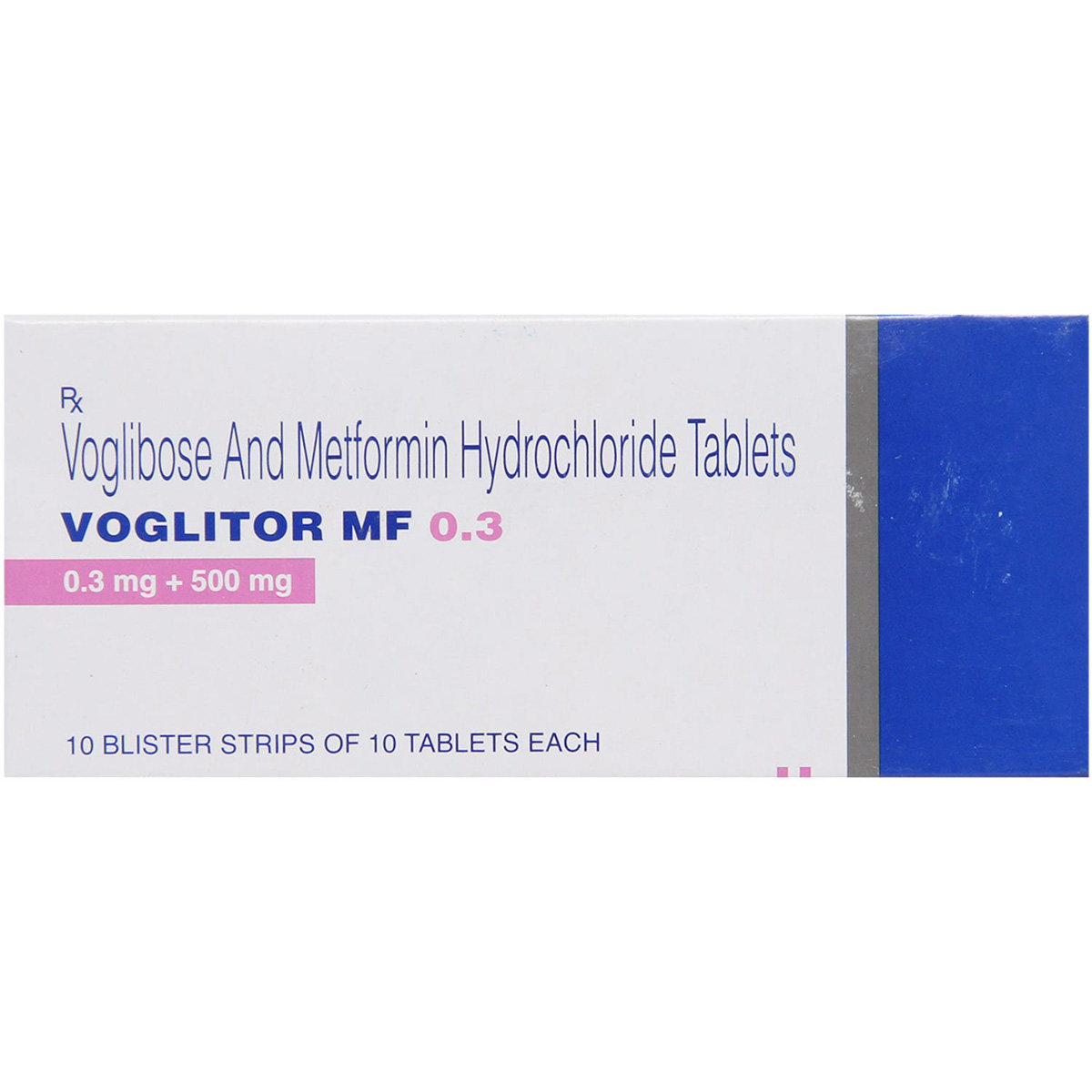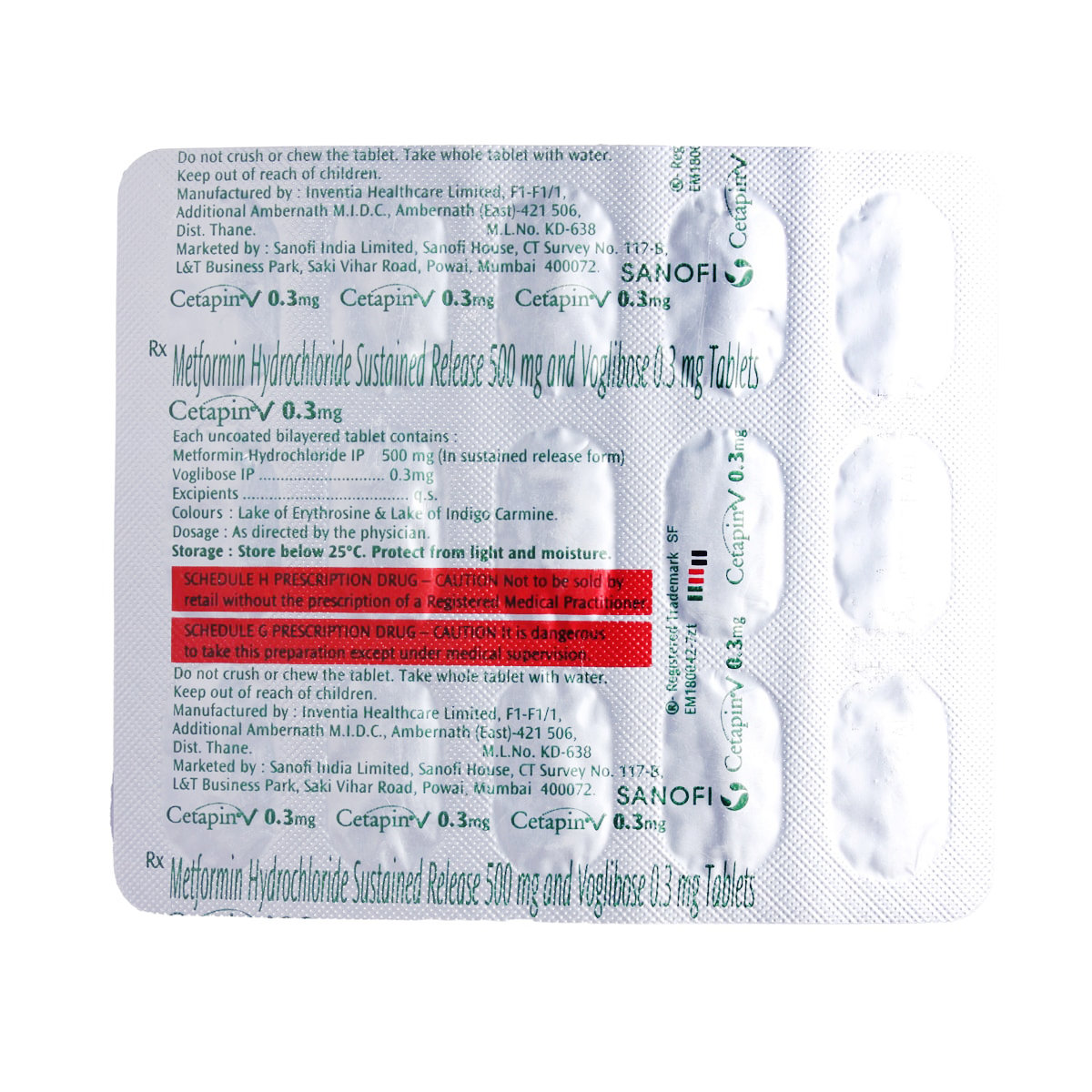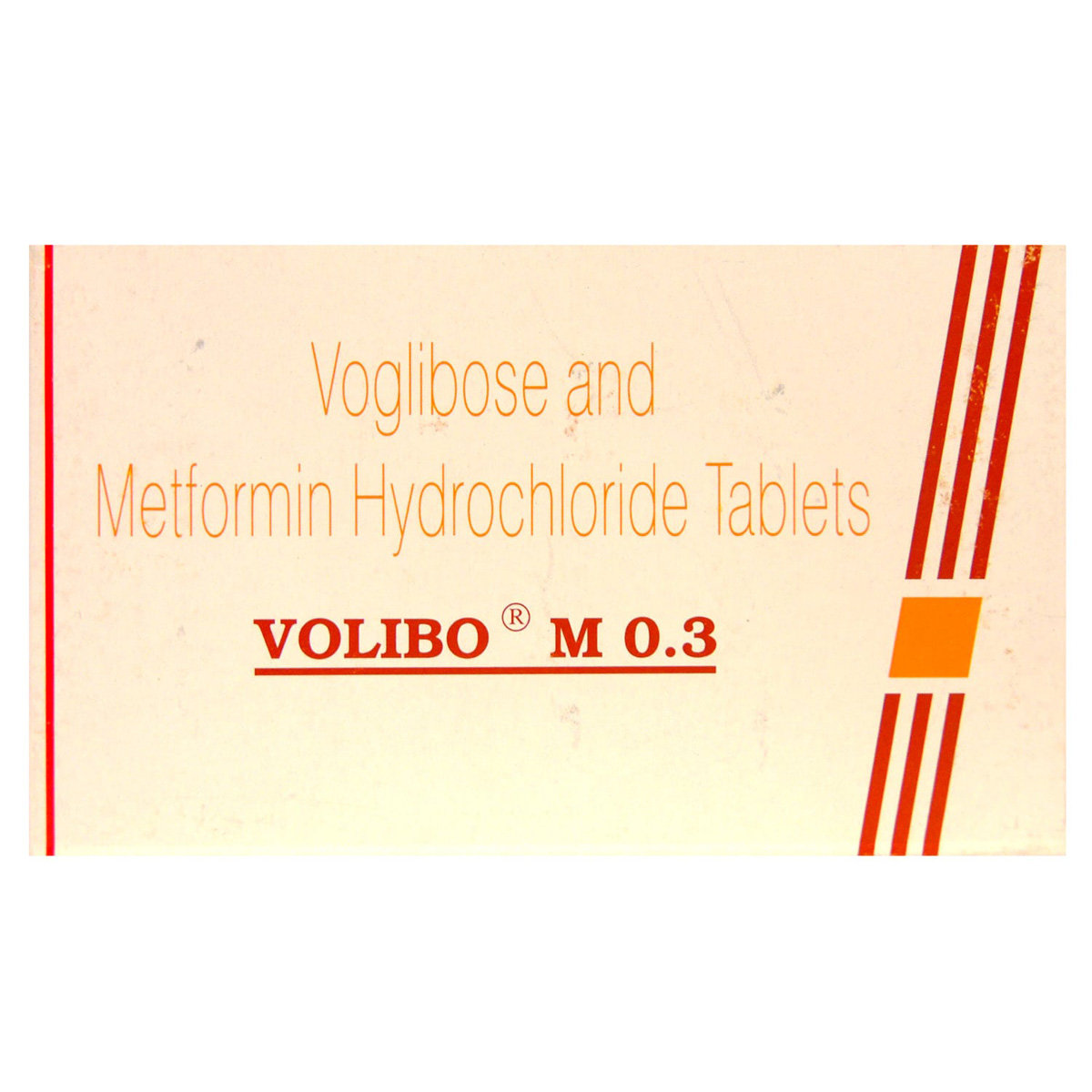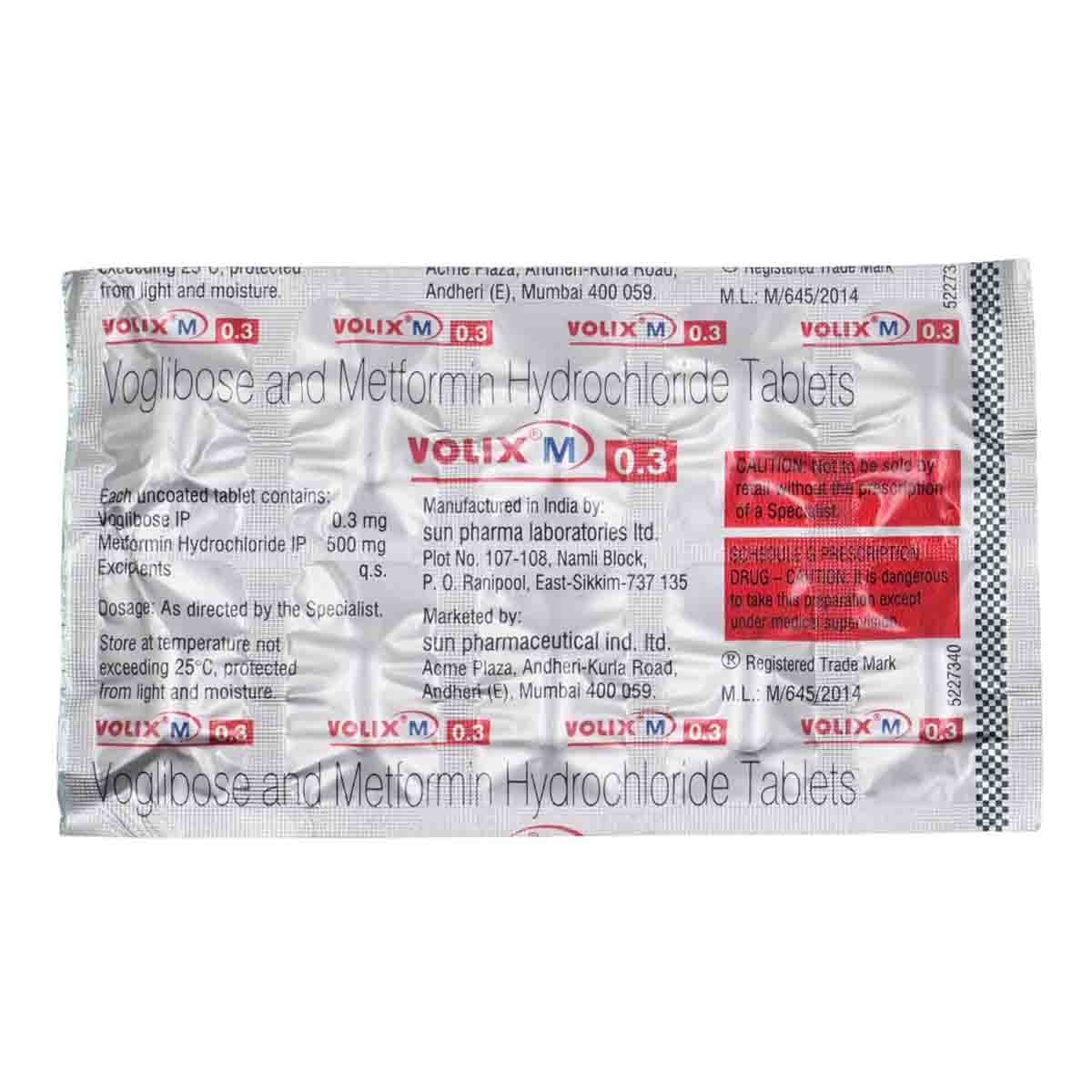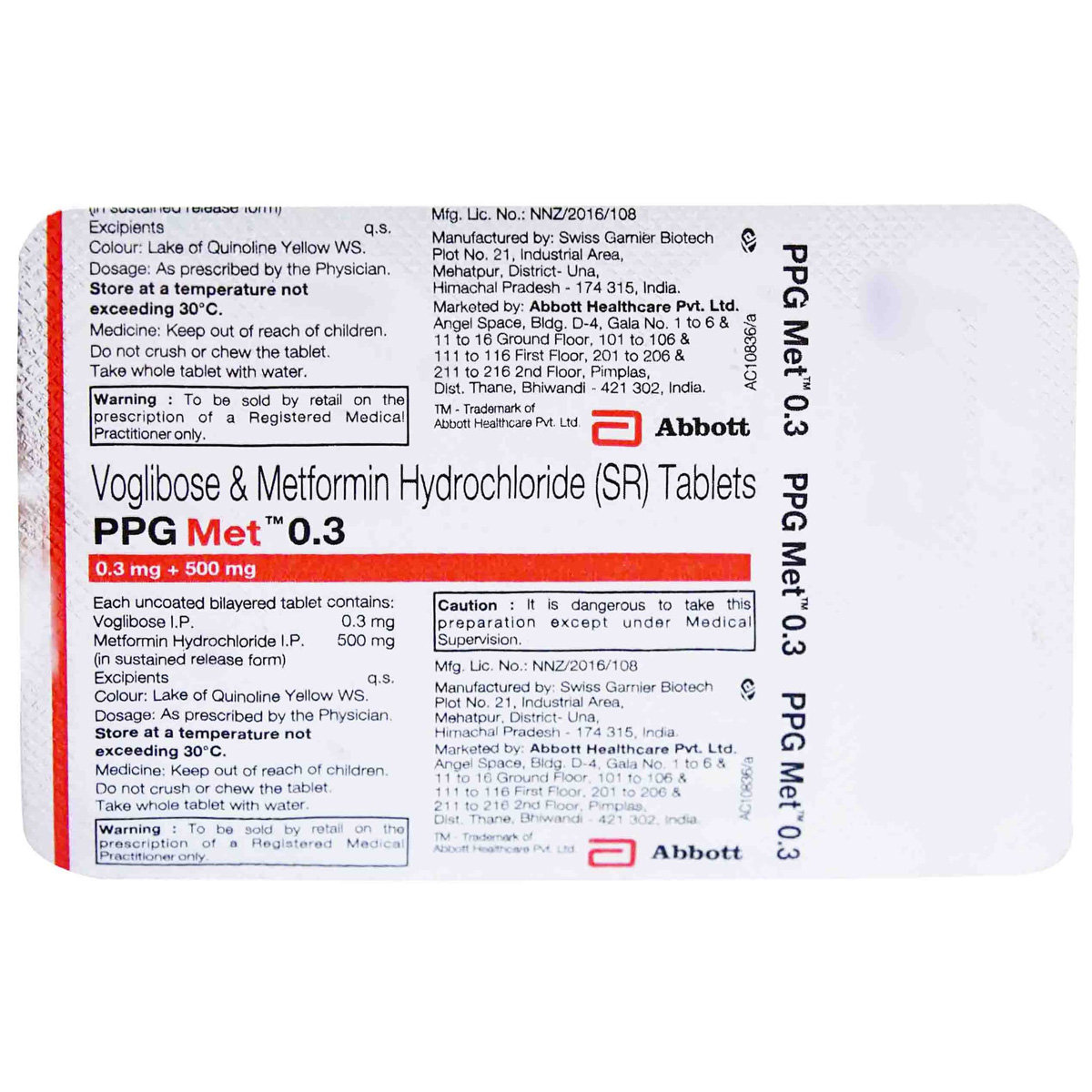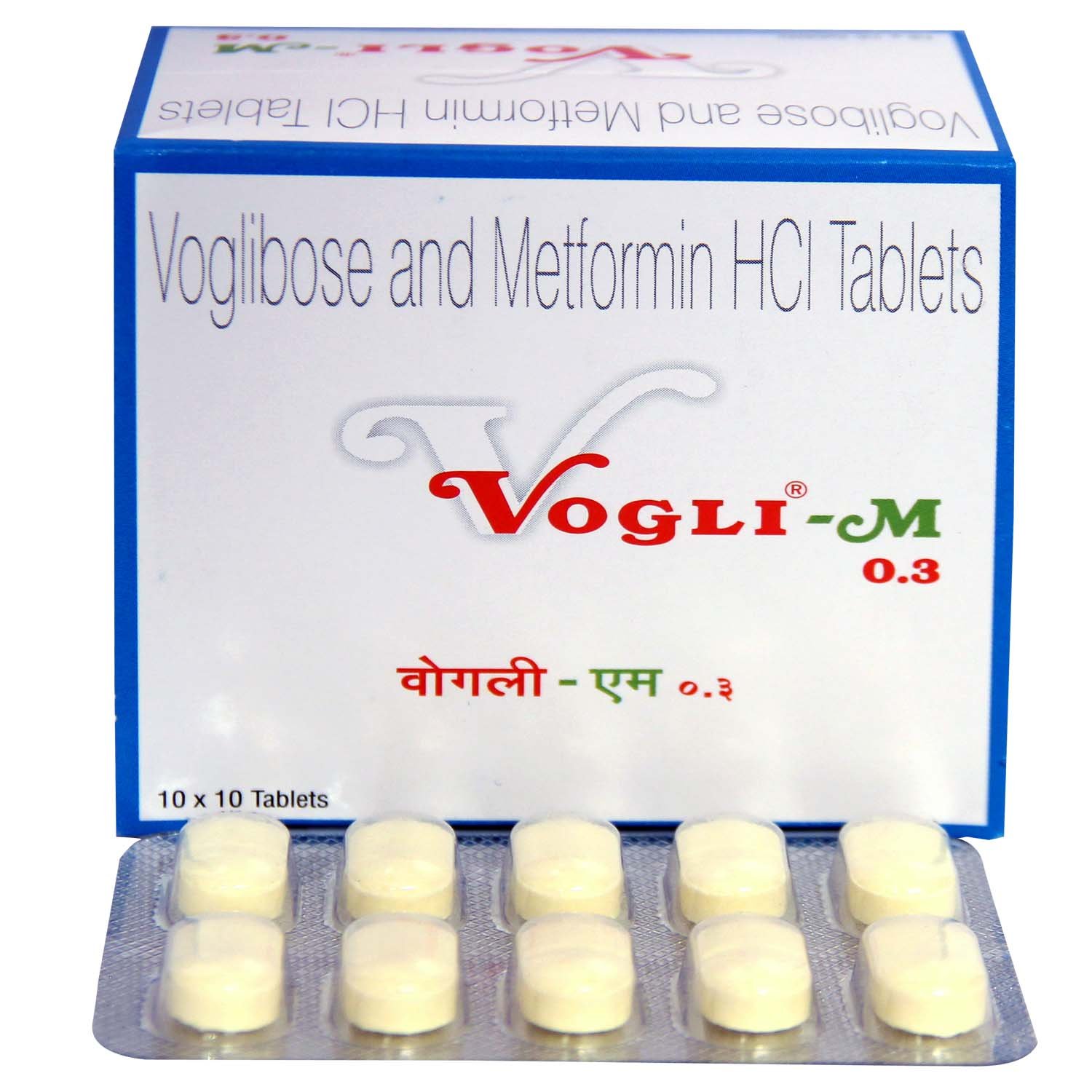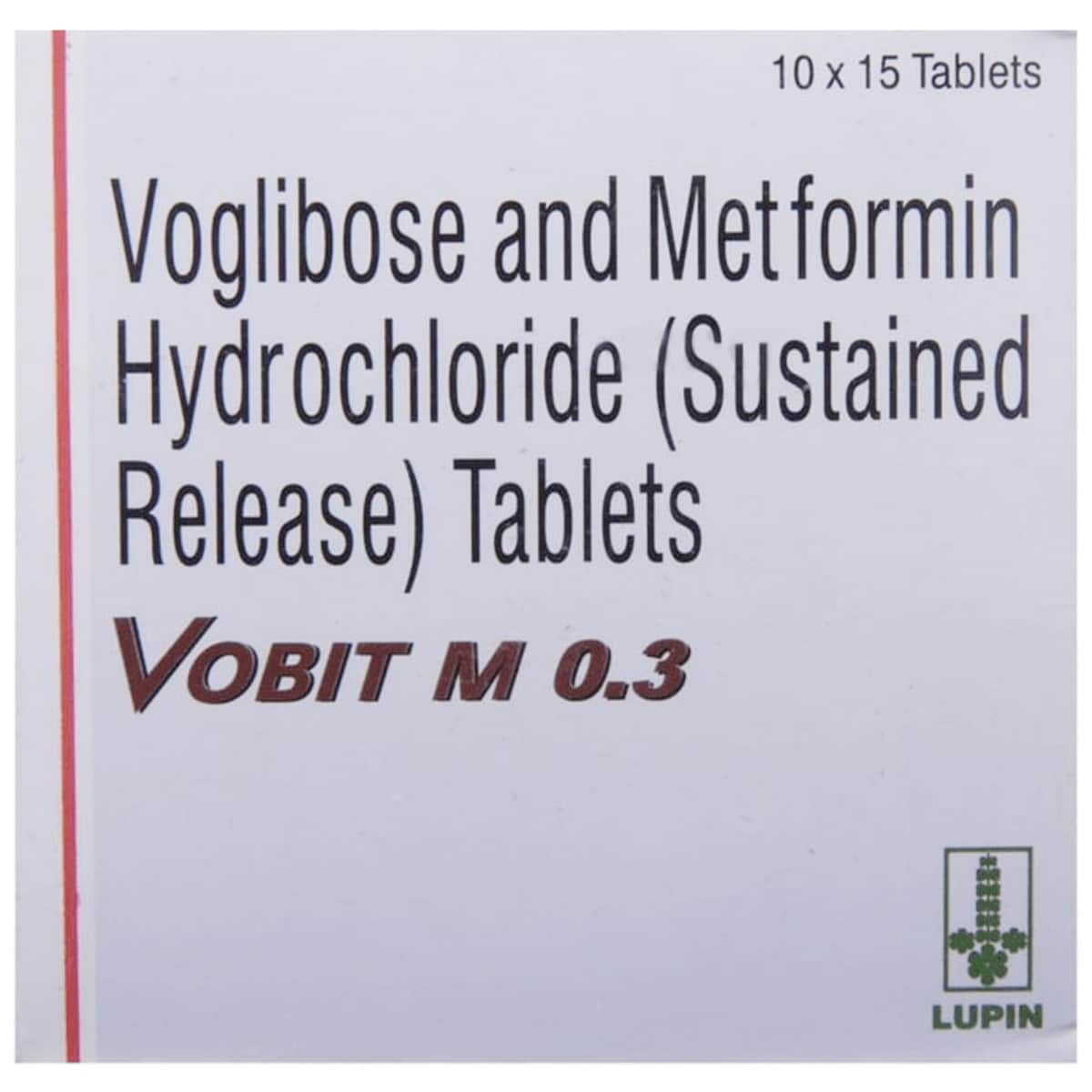METASENS V 0.3MG TABLET 1
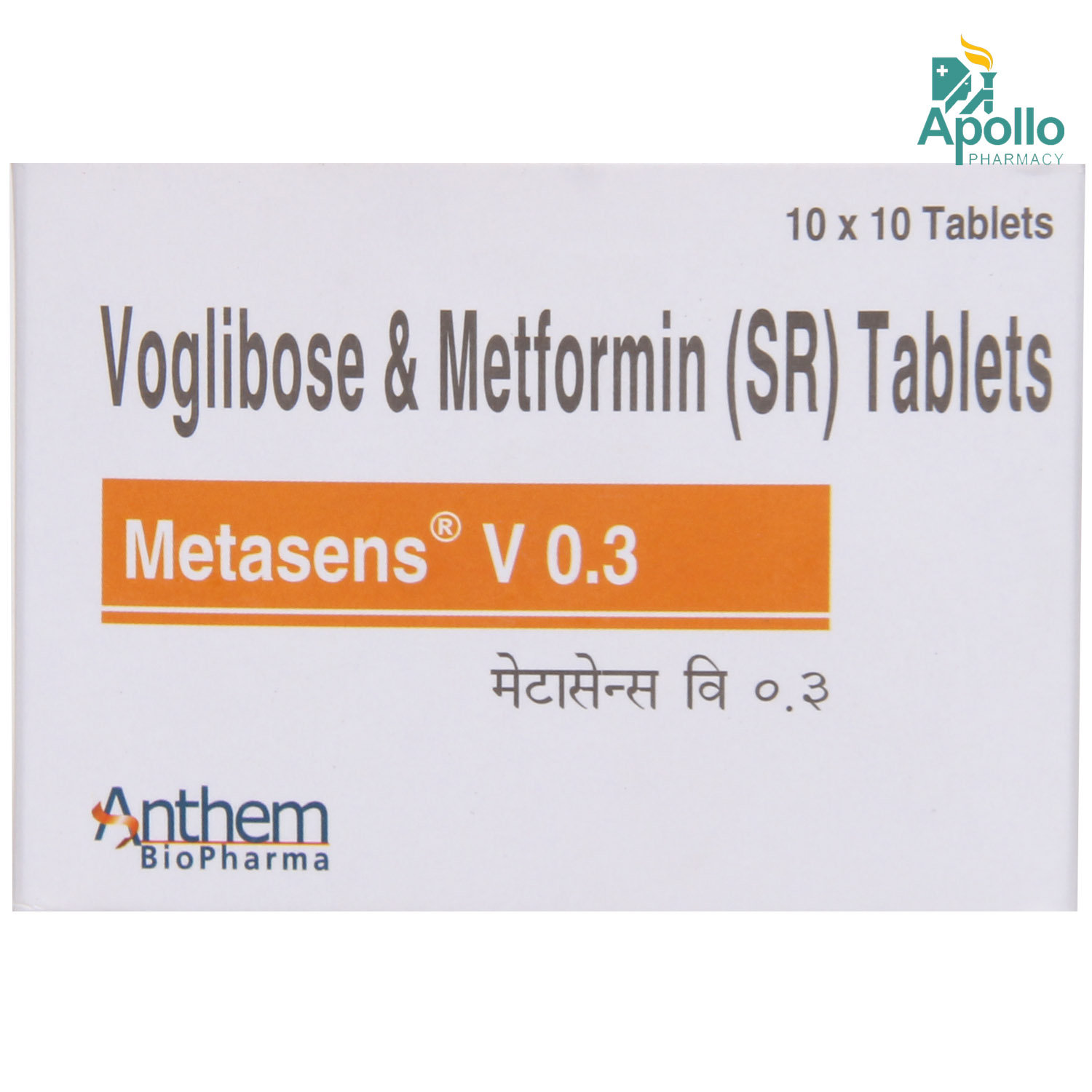
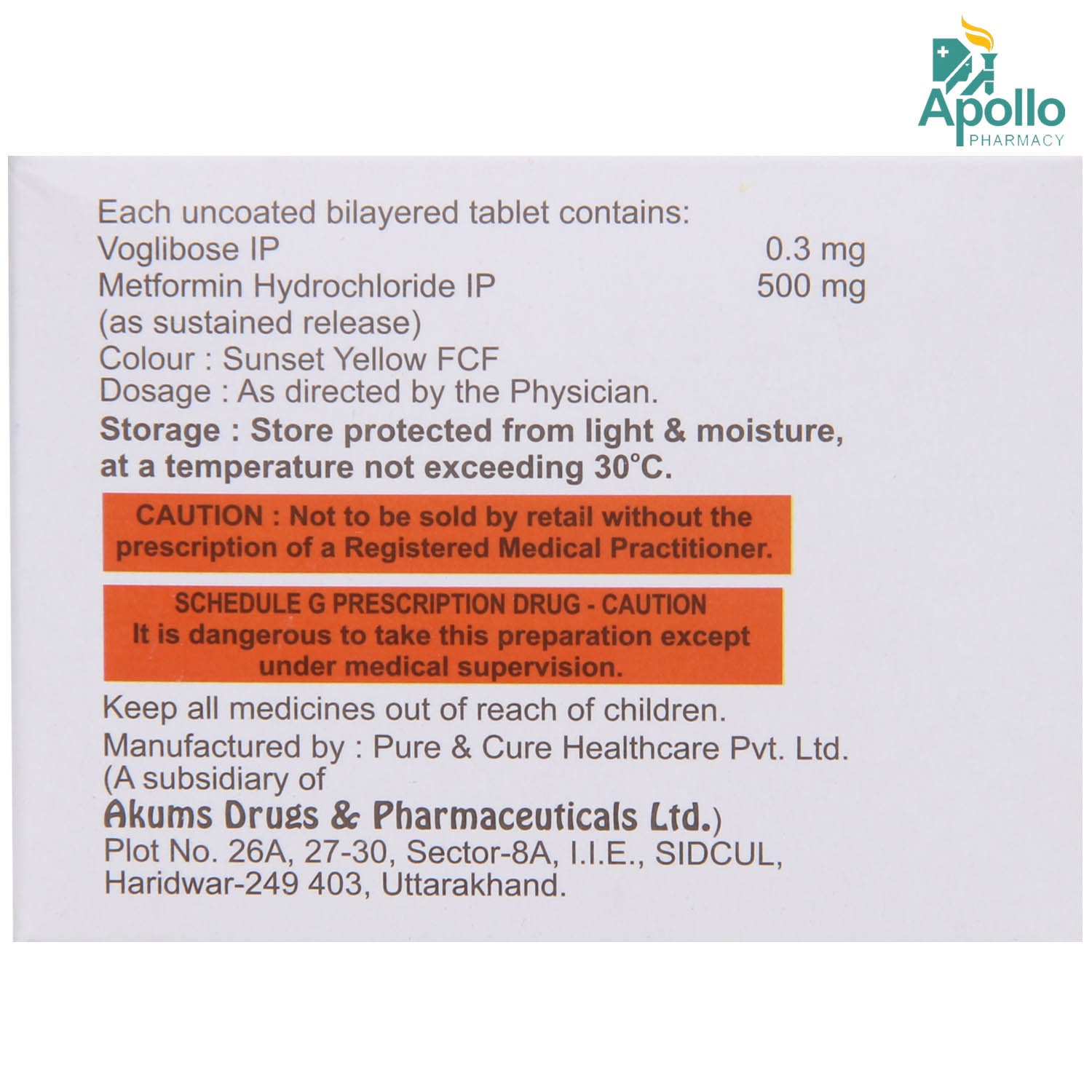
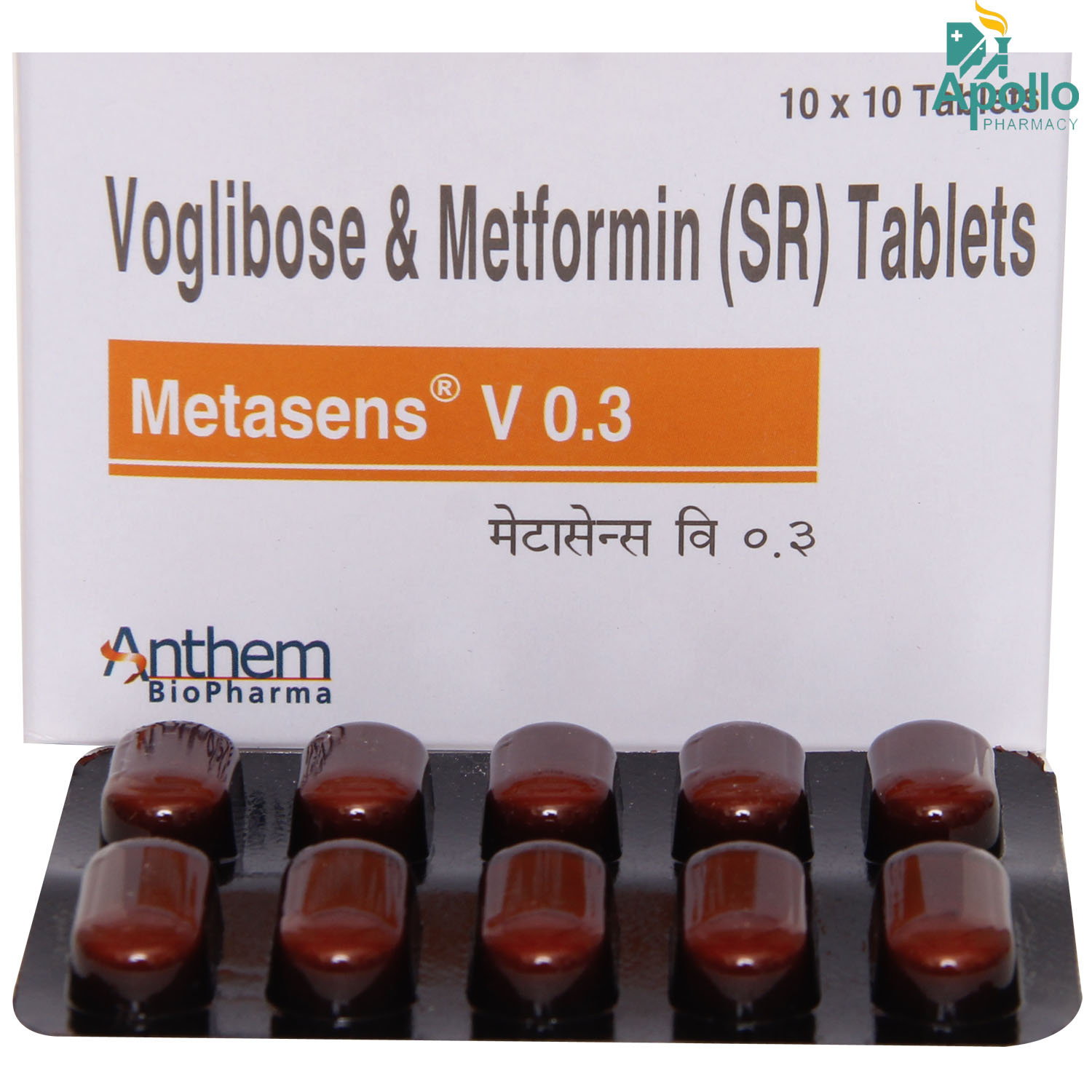
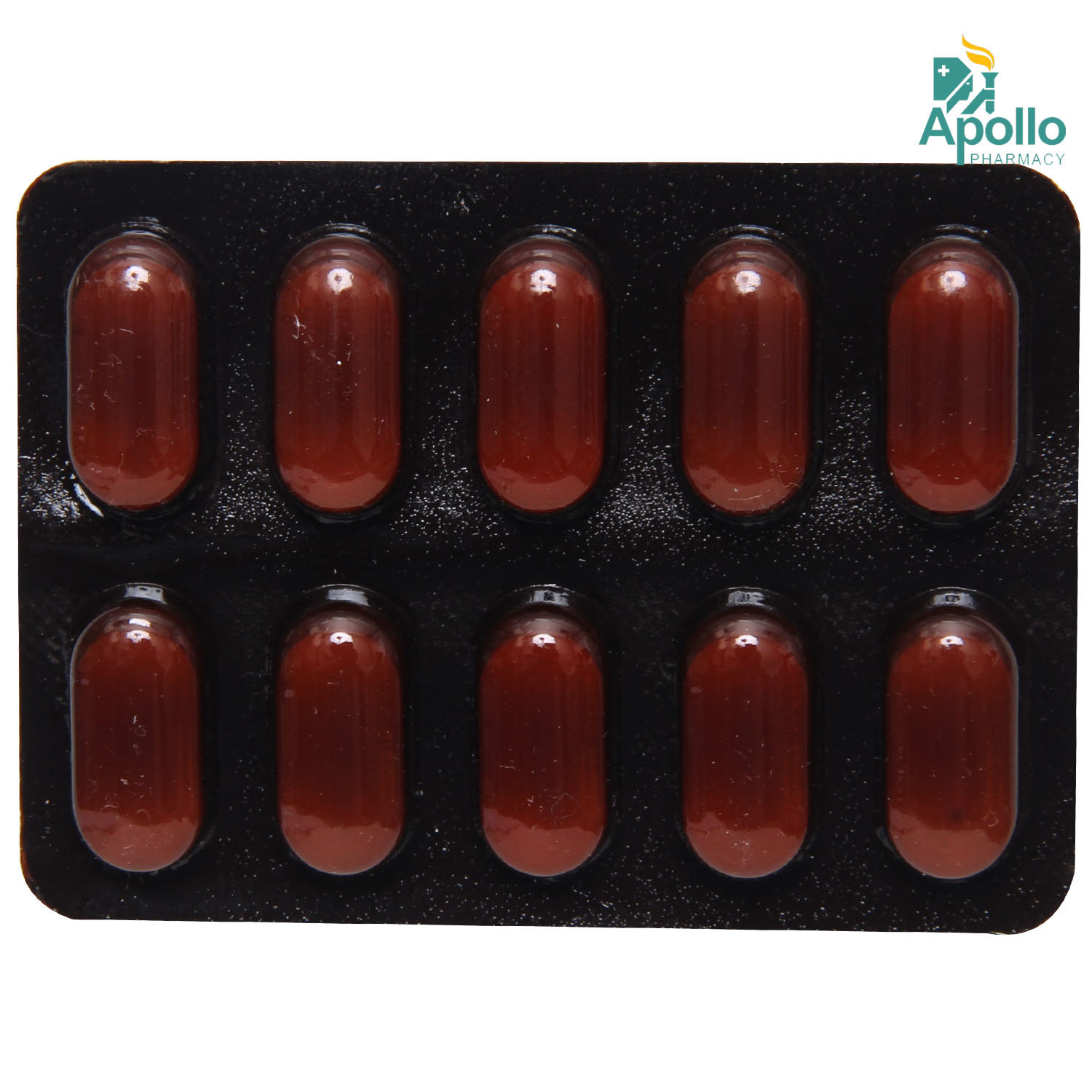

MRP ₹74
(Inclusive of all Taxes)
₹11.1 Cashback (15%)
know your delivery time
Provide Delivery Location
Composition :
Manufacturer/Marketer :
Consume Type :
Expires on or after :
Return Policy :

Secure Payment

Trusted by 8 Crore Indians

Genuine Products
Therapeutic Class
Country of origin
Manufacturer/Marketer address
Author Details
We provide you with authentic, trustworthy and relevant information
Disclaimer
Alcohol
Safe if prescribed
It is unsafe to consume alcohol since it may worsen the side effects.
Pregnancy
Consult your doctor
Please consult your doctor before starting METASENS V 0.3MG TABLET 1 if you are pregnant or planning to conceive.
Breast Feeding
Consult your doctor
There is no sufficient data on how METASENS V 0.3MG TABLET 1 affects breastfeeding. It is safe to seek medical advice before you start METASENS V 0.3MG TABLET 1 if you are lactating.
Driving
Safe if prescribed
Your driving ability may be affected if your blood sugar levels are too high or too low. Do not drive or operate machinery if you also experience dizziness or drowsiness.
Liver
Consult your doctor
Let your doctor know if you have any history of liver diseases or hepatic impairment when you are prescribed METASENS V 0.3MG TABLET 1.
Kidney
Consult your doctor
Let your doctor know if you have any history of kidney diseases when you are prescribed METASENS V 0.3MG TABLET 1.
Children
Safe if prescribed
Please seek advice from a doctor before giving METASENS V 0.3MG TABLET 1 to a child.
Product Substitutes
About METASENS V 0.3MG TABLET 1
METASENS V 0.3MG TABLET 1 belongs to the class of anti-diabetic drugs. It is used in the treatment of type 2 diabetes mellitus. Diabetes mellitus is a metabolic disease that causes high blood sugar levels. It occurs when the insulin (a hormone produced by the beta cells of the pancreas) is resistant in breaking the glucose to produce energy (insulin resistance) or the pancreas (an organ behind the stomach) produces little or no insulin at all.
METASENS V 0.3MG TABLET 1 is composed of two medicines, namely Voglibose and Metformin. Voglibose belongs to the class of alpha-glucosidase inhibitors. It acts by inhibiting the intestinal enzymes, which break complex sugars into simple sugars such as glucose. This process prevents the rise of blood glucose levels. Metformin belongs to the class of biguanides and exhibits non-pancreatic effect to reduce serum glucose levels without increasing insulin secretion. It is also known as an insulin sensitizer as it increases the effects of insulin. Metformin is considered to be a unique anti-diabetic drug since it does not cause hypoglycemia (lowered blood sugar levels).
Take METASENS V 0.3MG TABLET 1 with food at regular intervals as prescribed by your doctor. Your doctor will decide the dosage form, and this may change timely depending on your blood sugar levels. The common side effects of METASENS V 0.3MG TABLET 1 include nausea, vomiting, changes in taste, diarrhoea, dizziness, stomach pain, shortness of breath, skin rash, bloating, and flatulence (intestinal wind/gas). Although not everyone experiences these side effects, if they occur, seek medical attention. Lactic acidosis, is a rare, but serious metabolic complication of excess lactic acid in the blood that is caused by metformin accumulation is reported. The risk of lactic acidosis is high in people with kidney, liver, and heart diseases.
Before starting METASENS V 0.3MG TABLET 1, let your doctor know if you have any medical history of anaemia (low hemoglobin levels), seizures (fits), heart, kidney, and liver diseases. METASENS V 0.3MG TABLET 1 does not cause hypoglycemia (low blood sugar levels). However, when used with other diabetic drugs like insulin or sulfonylureas, it can lead to hypoglycemia. Also, speak to your doctor if you are on restricted food or fluid intake since METASENS V 0.3MG TABLET 1 causes dehydration, low blood sugar, and kidney damage. Do not take METASENS V 0.3MG TABLET 1 if you have gastrointestinal diseases like ulcerative colitis or Crohn’s disease. Do not take or stop METASENS V 0.3MG TABLET 1, if the doctor did not advise you to do so.
Uses of METASENS V 0.3MG TABLET 1
Medicinal Benefits Mweb
Key Benefits
METASENS V 0.3MG TABLET 1 is used to treat type 2 diabetes mellitus. It is a combination of Voglibose and Metformin. Voglibose belongs to the class of alpha-glucosidase inhibitors. It delays glucose absorption by inhibiting the intestinal enzymes, which break complex sugars into simple sugars such as glucose. This process prevents the rise of blood glucose levels immediately after meals. Metformin belongs to the class of biguanides. It shows the non-pancreatic effect to reduce serum glucose levels without increasing insulin secretion. It is also known as an insulin sensitizer as it increases the effects of insulin. It is considered to be a unique anti-diabetic drug since it does not lower blood sugar levels. Metformin does not cause weight gain in most cases.
Directions for Use
Side Effects of METASENS V 0.3MG TABLET 1
Common side effects:
- Nausea
- Vomiting
- Changes in taste
- Diarrhoea
- Dizziness
- Stomach pain
- Shortness of breath
- Skin rash
- Bloating
- Flatulence (intestinal wind/gas)
Rare side effects:
- Lactic acidosis
Drug Warnings
METASENS V 0.3MG TABLET 1 may increase the risk of cardiovascular diseases and hypoglycemic conditions in renal and liver disease patients. It can cause pneumatosis intestinalis (gas-filled cysts on the bowel wall) when used along with other alpha-gastrointestinal drugs. It is advised to monitor the gastrointestinal side effects thoroughly to rule out the possibility of pneumatosis intestinalis. METASENS V 0.3MG TABLET 1 has an increased risk of lactic acidosis (a rare, but serious metabolic complication of excess lactic acid in the blood that is caused by metformin accumulation). The risk of lactic acidosis is high in older people with kidney, liver, and heart diseases. Hence, brief your medical history and take advice from your doctor before starting METASENS V 0.3MG TABLET 1. Avoid consuming excessive alcohol as it can potentiate lactic acidosis.
Drug-Drug Interactions Checker List
- SELEGILINE
- PREDNISOLONE
- PHENYLBUTAZONE
- METOLAZONE
- HYDROCHLOROTHIAZIDE
- METOPROLOL
- PROPRANOLOL
- ISOCARBOXAZID
- PHENELZINE
- CHLOROTHIAZIDE
Habit Forming
Special Advise
Regular blood tests are recommended while taking METASENS V 0.3MG TABLET 1 to monitor blood sugar levels.
Diet & Lifestyle Advise
- Maintain a fiber-rich diet and include healthy carbohydrates from fruits, vegetables and whole grains to maintain your blood glucose levels.
- Eat at regular intervals
- Keep a check on your weight and exercise regularly to keep your heart healthy.
- Your doctor also guides you on how to notice and manage the early symptoms of high/low blood sugar levels.
- Gastrointestinal side effects can be managed with simple modifications in your lifestyle. These include cutting down on sugars and fatty foods, and avoiding carbonated drinks and foods that cause gas.
All Substitutes & Brand Comparisons
RX
Vogs M 0.3 Tablet 10's
Systopic Laboratories Pvt Ltd
₹78.5
(₹7.07 per unit)
6% COSTLIERRX
Voglibite M 0.3 Tablet 10's
Corona Remedies Pvt Ltd
₹100
(₹9.0 per unit)
35% COSTLIERRX
Starvog M 0.3 Tablet 10's
Merck Ltd
₹114.5
(₹10.31 per unit)
54% COSTLIER

Have a query?
Buy best Diabetics products by
Torrent Pharmaceuticals Ltd
Sun Pharmaceutical Industries Ltd
Eris Life Sciences Ltd
Intas Pharmaceuticals Ltd
Lupin Ltd
Micro Labs Ltd
Mankind Pharma Pvt Ltd
Lloyd Healthcare Pvt Ltd
Alkem Laboratories Ltd
Abbott India Ltd
Glenmark Pharmaceuticals Ltd
Cipla Ltd
Macleods Pharmaceuticals Ltd
Wockhardt Ltd
Dr Reddy's Laboratories Ltd
Primus Remedies Pvt Ltd
USV Pvt Ltd
Aristo Pharmaceuticals Pvt Ltd
Emcure Pharmaceuticals Ltd
Alembic Pharmaceuticals Ltd
Ipca Laboratories Ltd
La Renon Healthcare Pvt Ltd
Ajanta Pharma Ltd
Medley Pharmaceuticals Ltd
East West Pharma India Pvt Ltd
Elbrit Life Sciences Pvt Ltd
Corona Remedies Pvt Ltd
Hbc Life Sciences Pvt Ltd
Sinsan Pharmaceuticals Pvt Ltd
Ranmarc Labs
Mitoch Pharma Pvt Ltd
Zydus Healthcare Ltd
Sanofi India Ltd
Akumentis Healthcare Ltd
Fusion Health Care Pvt Ltd
Unison Pharmaceuticals Pvt Ltd
Jubilant Lifesciences Ltd
Novo Nordisk India Pvt Ltd
Tas Med India Pvt Ltd
Blue Cross Laboratories Pvt Ltd
Msn Laboratories Pvt Ltd
Eswar Therapeutics Pvt Ltd
Indoco Remedies Ltd
Q Check Pharmaceuticals
Alteus Biogenics Pvt Ltd
Anthem Bio Pharma
Franco Indian Pharmaceuticals Pvt Ltd
Systopic Laboratories Pvt Ltd
Panacea Biotec Ltd
Zydus Cadila
Biocon Ltd
Edoc Life Sciences Pvt Ltd
Koye Pharmaceuticals Pvt Ltd
Arkas Pharma Pvt Ltd
Diacardus Pharmacy Pvt Ltd
Elinor Pharmaceuticals (P) Ltd
Remedy Life Sciences Pvt Ltd
Saan Labs
Talent India Pvt Ltd
Jarun Pharmaceuticals Pvt Ltd
Capital Pharma
Shrrishti Health Care Products Pvt Ltd
FDC Ltd
Leeford Healthcare Ltd
Nirvana India Pvt Ltd
Elder Pharmaceuticals Ltd
Eli Lilly and Company (India) Pvt Ltd
Glynis Pharmaceuticals Pvt Ltd
Zuventus Healthcare Ltd
Arrient Healthcare Pvt Ltd
Cadomed Pharmaceuticals India Pvt Ltd
Orris Pharmaceuticals
Akesiss Pharma Pvt Ltd
Bal Pharma Ltd
Biochem Pharmaceutical Industries Ltd
Knoll Healthcare Pvt Ltd
Lippon Pharma Pvt Ltd
Morepen Laboratories Ltd
Neucure Lifesciences Pvt Ltd
Opsis Care Lifesciences Pvt Ltd
Wallace Pharmaceuticals Pvt Ltd
Acmedix Pharma Llp
Converge Biotech Pvt Ltd
Erinyle Pharma
Indiabulls Pharmaceuticals Pvt Ltd
Ozone Pharmaceuticals Ltd
Retra Life Science Pvt Ltd
Alvio Pharmaceuticals Pvt Ltd
Geneaid Pharmaceuticals
Heal (India) Laboratories Pvt Ltd
Olcare Laboratories Pvt Ltd
Vasu Organics Pvt Ltd
Kotak Life Sciences
Lakshya Life Sciences Pvt Ltd
Proqol Health Care Pvt Ltd
Sanz Pharmaceuticals
Daylon healthcare pvt Ltd
Mcronus Lifescience Pvt Ltd
Natco Pharma Ltd
Orsim Pharma
Customers Also Bought
Recommended for a 30-day course: 3 Strips


